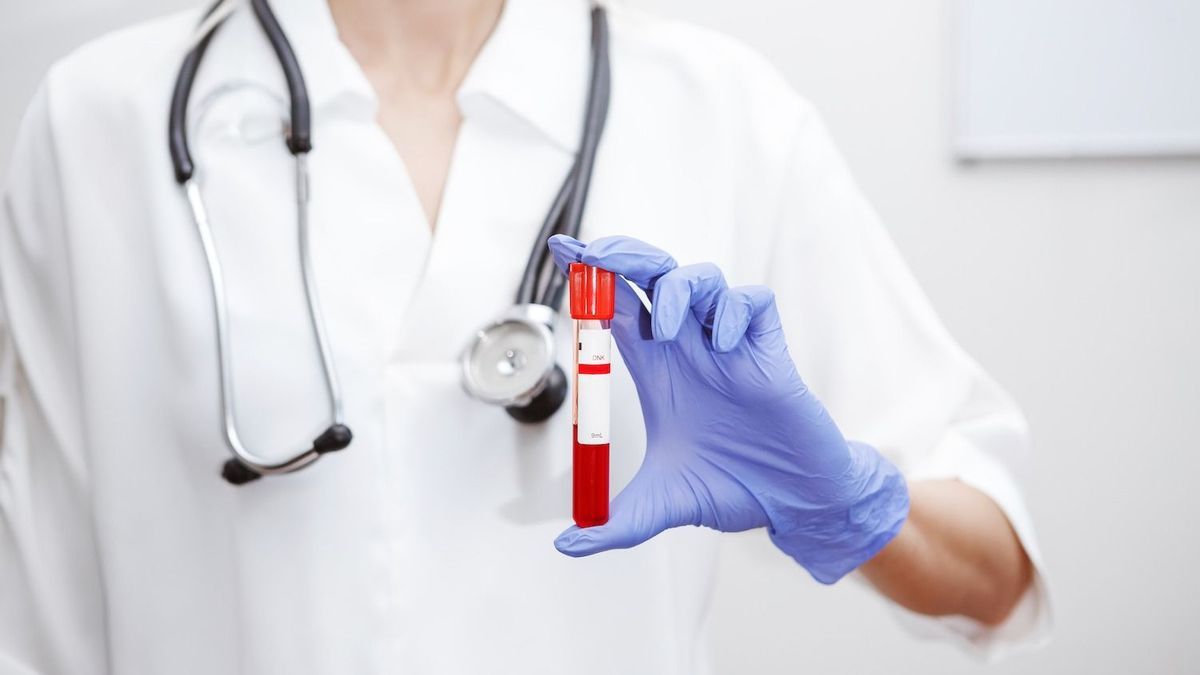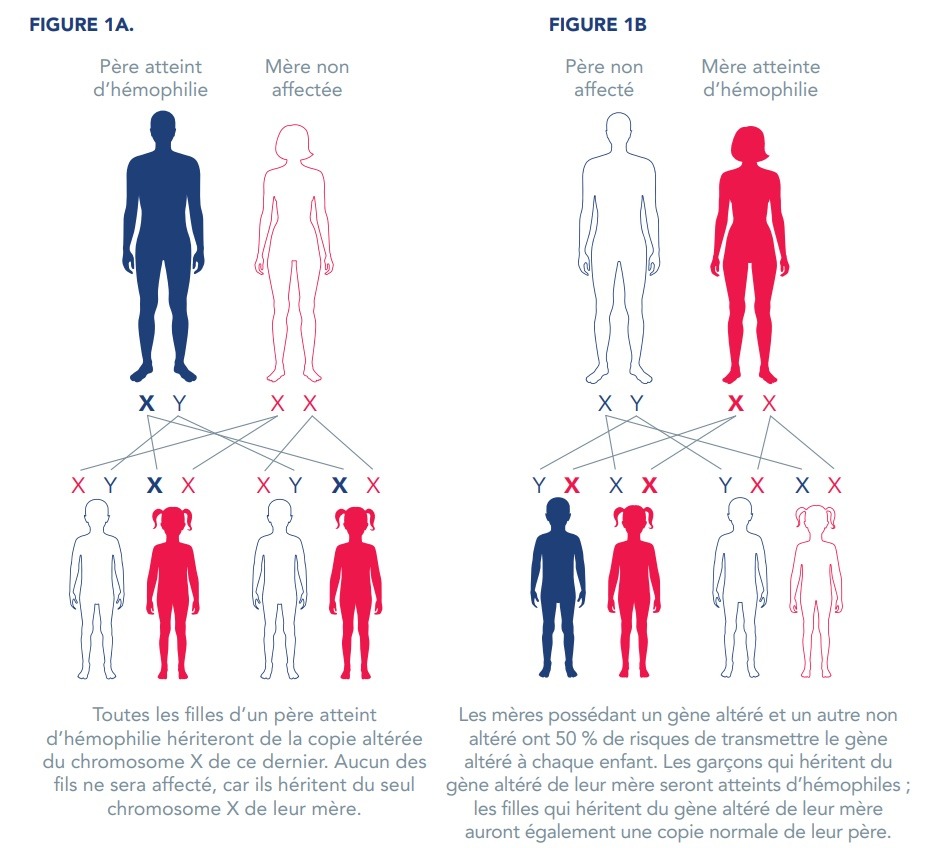
Every year, on April 17, the French Association of Hemophiliacs (AFH) celebrates World Hemophilia Day. The objective of this 2024 event? Increasing public awareness of bleeding disorders.
On April 17, 2024, the global bleeding disorders community will come together to celebrate World Hemophilia Day. This year the event focuses on the following theme “Equitable access for all: for all bleeding disorders“. A strong theme in favor of the sick.
A day for the sick
Since 1989, patients and their representatives have annually celebrated World Hemophilia Day – a serious hereditary disease that results in the inability of blood to clot properly. Which means that these people risk “bleeding longer than normal“and that they must face “spontaneous bleeding“.
This year, the World Federation of Hemophilia (WFH) wanted to promote a world “where all people with hereditary bleeding disorders would have access to care, regardless of their gender, age, place of residence and the type of bleeding disorder they have“, she explains on her site.
To achieve this, the association has implemented several key actions.
World Hemophilia Day: how to participate?
- Use the following hashtags: #WorldHemophiliaDay #WHD2024 #LightItUpRed.
- Take part in Operation “Light Everything Red”. “Wear something red at home and post a selfie on social media” or “Challenge your colleagues or classmates and ask them to post a photo of themselves wearing red, or post a collage of photos of everyone wearing red“, relates the association. You can also “Post photos of landmarks you’ve seen lit red on social media and use the hashtag #LightItUpRed“, the association further reveals.
- Or like, share and retweet WFH content related to World Hemophilia Day on social media.
“This April, let’s honor our community and continue to work towards a world where everyone with hemophilia A or B, Willebrand disease or any other bleeding disorder has access to diagnosis, treatment and to complete support“, concludes the Association.
Associations denounce unequal access to care for overseas departments
In Europe, the French Association of Hemophiliacs (AFH) and the Health Network for Constitutional Hemorrhagic Diseases (MHEMO) highlight the inequality of access to diagnosis, care and treatments in the overseas departments. Sea, yet covered by the French solidarity health system. The AFH and MHEMO are requesting a specific framework so that these territories can benefit from the financial resources of the national rare diseases plan 4 (PNMR4).
The AFH and MHEMO propose to set up support programs for:
- Health professionals in order to make their commitment sustainable with the provision of technical means and personnel adapted to needs with fair valuation.
- Patients and their families in order to strengthen and develop their autonomy, participate in shared decision-making and strengthen their sense of advocacy in the service of a common cause.
Focus on hemophilia
Hemophilia is a hemorrhagic disease due to the absence or deficiency of a coagulation factor. It is characterized by spontaneous or prolonged hemorrhages. It is a serious, hereditary and rare disease.
Typically, hemophilia is passed down through a parent’s genes. The hemophilia A and B genes are found on the X chromosome. This is why hemophilia is an X-associated disease.

Today, there is a restrictive but effective treatment for patients with hemophilia.
It exists two forms of hemophilia :
- Hemophilia A is linked to the mutation of the coagulation factor VIII gene;
- Hemophilia B is linked to the mutation of the coagulation factor IX gene. Form B of hemophilia is much rarer than A.
These factors give an indication of the level of severity of hemophilia.
Diseases involving clotting problems can quickly become dangerous if left untreated. They also result in hematomas or hemarthroses. The latter are characterized by an accumulation of blood in the joints, and are often very painful or even disabling.
